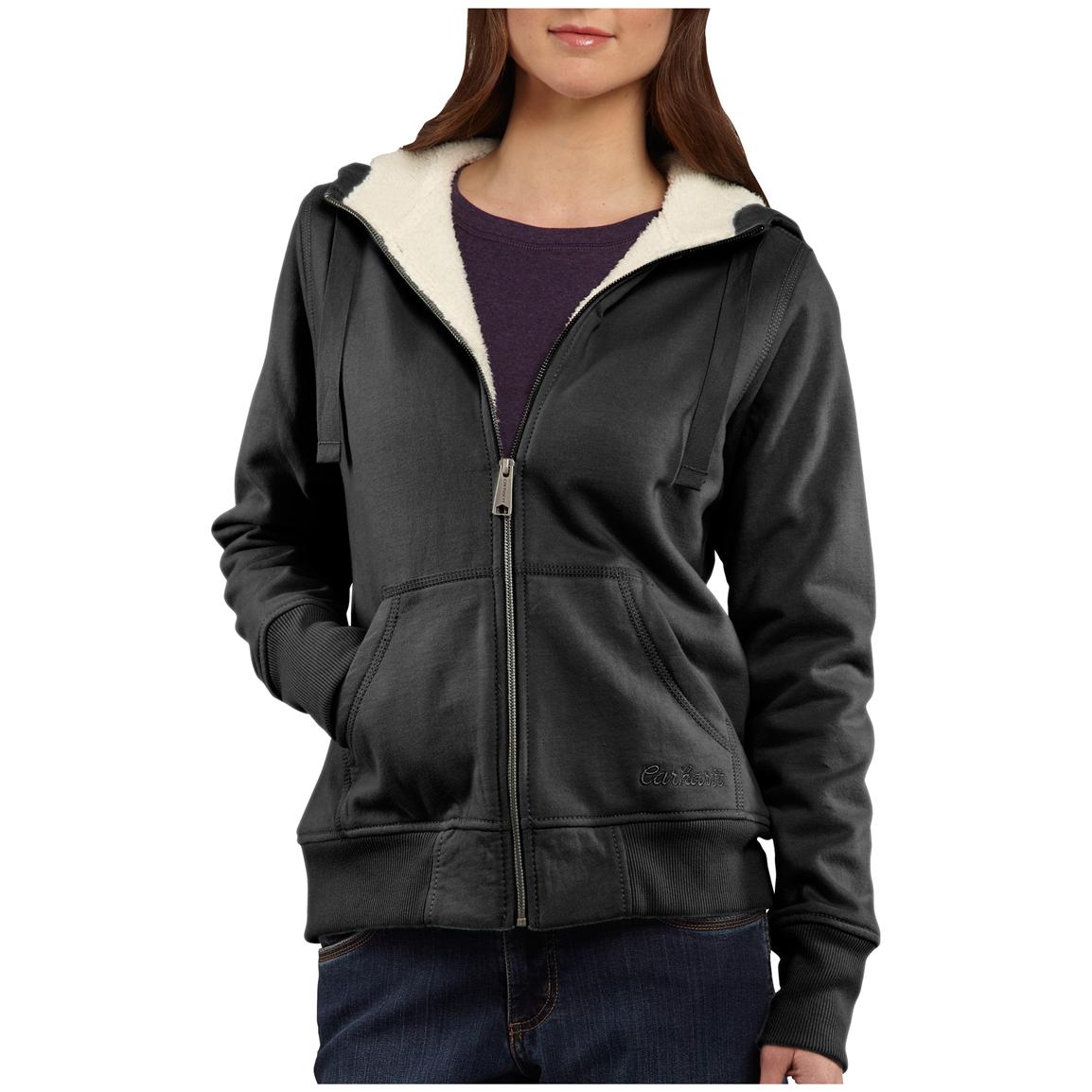Sweatshirts are long-sleeved pullover garments made of thick cotton cloth. They are generally worn casually but aren't as dressy as sweaters or cardigans. They may not have a or hood. If you're thinking of purchasing a sweatshirt, here are a few tips:
Norma Kamali spread the appeal of sweatshirts
Since the late '70s the Norma Kamali brand has been turning the humble sweatshirt into an art. Her designs are now a staple in almost all women's wardrobes. Her distinctive styles range from a tummy-tucking crew neck to leather-paneled sweatshirts. She also has created clothes with unusual designs, like an oversized tank top that has long trumpet skirt.
The collaboration with the brand and the sweatshirt maker Everlast resulted in her Timeless collection, which was a huge hit when it was featured in the Spiegel spring 2006 catalog. The collection was made up of convertible and interchangeable knits in classic shapes and many of the items were priced below $20. Even if Kamali's Timeless collection wasn't available in stores, buyers could still find the designs through eBay and Poshmark.
Merino wool sweatshirts tend to be more comfortable than soft sweatshirts.
Merino wool is known for its ability to wick moisture away which help to keep you comfortable and dry. Merino wool is an organic fiber that also has a smoother feel. The fabric also dries quickly in comparison to other natural materials. Additionally, merino is a sustainable resource. The merino sheep shed their coats each year and grow new coats.
The warmth-to-weight ratio of merino wool makes it popular for sweatshirts. It aids in controlling the temperature of your body due to its loft which naturally retains heat between the fibers. sweat shirts is the reason Merino wool sweatshirts work perfect for summer and outdoor activities like hiking, mountain biking, and running. The warmth they provide helps keep the wearer comfortable and dry. This is essential for working out.
Zip-front hoodies feature kangaroo pockets.
Kangaroo pocket Hoodies are a well-loved style of hoodie. These hoodies have a large pocket in the front, that keeps your hands warm on chilly days. They are much more practical than traditional pockets as they allow the hands to slide in and out easily.
Kangaroo pockets are usually large enough to hold a wallet or some other smaller personal items. https://zenwriting.net/fuelsky59/what-you-should-consider-when-deciding-on-the-correct-sweatshirt enough to hold one hand in a smaller size or even wide enough to fit two hands. They have wide openings on either side and make them ideal for carrying small objects.
French terry fabric is a popular fabric for sweatshirts
The French Terry fabric is composed of soft yarns knitted into loops and is usually mid-weight. It is also famous for its ability to wick away moisture and is pre-shrunk. French Terry is a fantastic option for sweatshirts as it is warm when you require it and also keeps you cool when you're trying to cool down.
French Terry is also a popular choice for loungewearbecause it is stretchy enough and has enough flexibleness to feel great when you touch your body. It also allows enough air to circulate throughout the fabric, making it perfect for layering under other clothing. In addition, because it's lighter than most sweatshirts that you can wear all year round without feeling either cold or hot.
Hoodies can be classist.
While it may seem that hoodies are just an appropriate attire item for people of the working class however, in reality they carry classist connotations. Hoodies first became used in the early 70s New York, where graffiti artists wore them to hide their identities. In 1976 the hoodies made their big film debut in "Rocky," when the working-class main character was seen wearing grey sweats that were hooded during his memorable climb to the top of the steps of the Philadelphia Museum of Art.
Hoodies are frequently linked to death, destruction and other negative things, and yet they also serve practical purposes. For instance, monks and priests can wear hoods to demonstrate respect and a sense of self-control.

